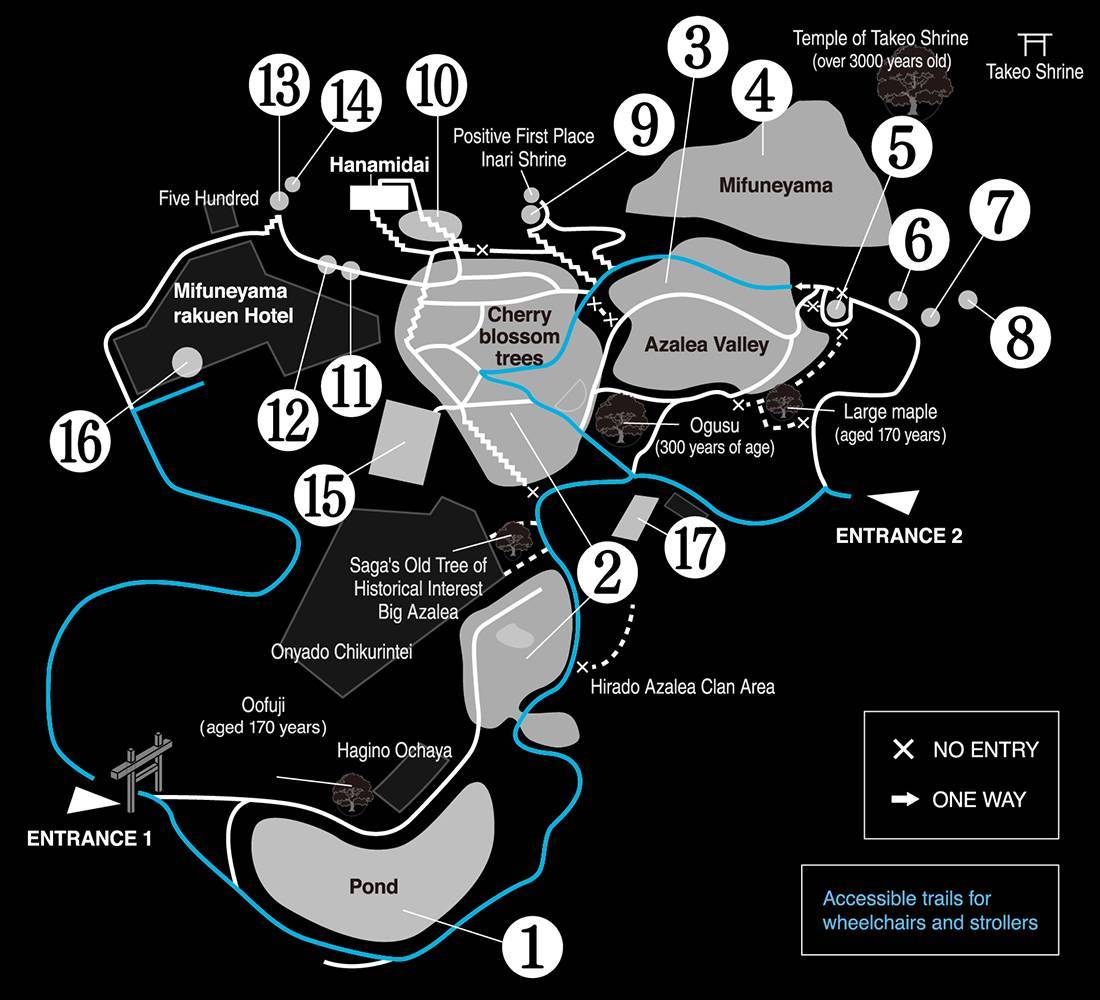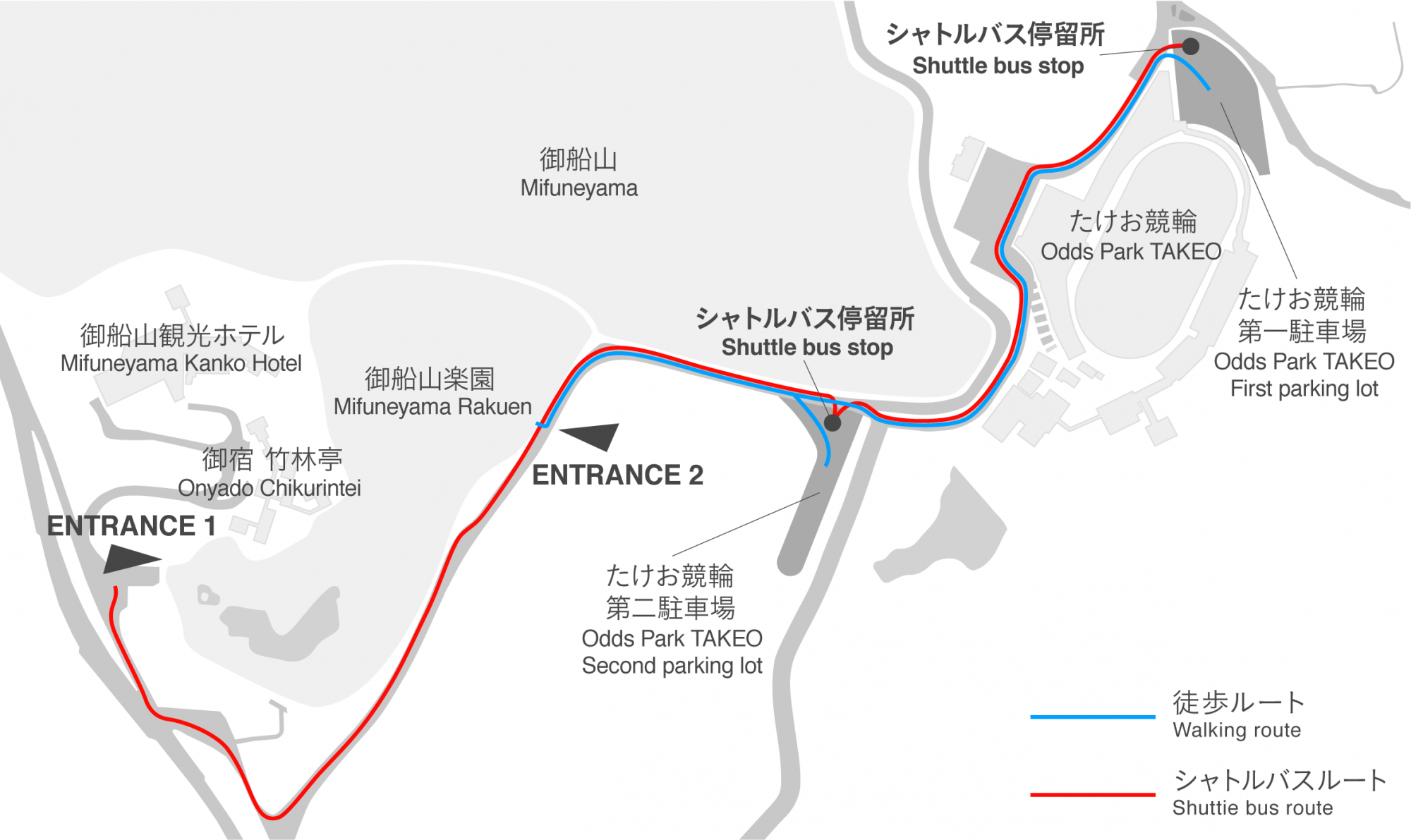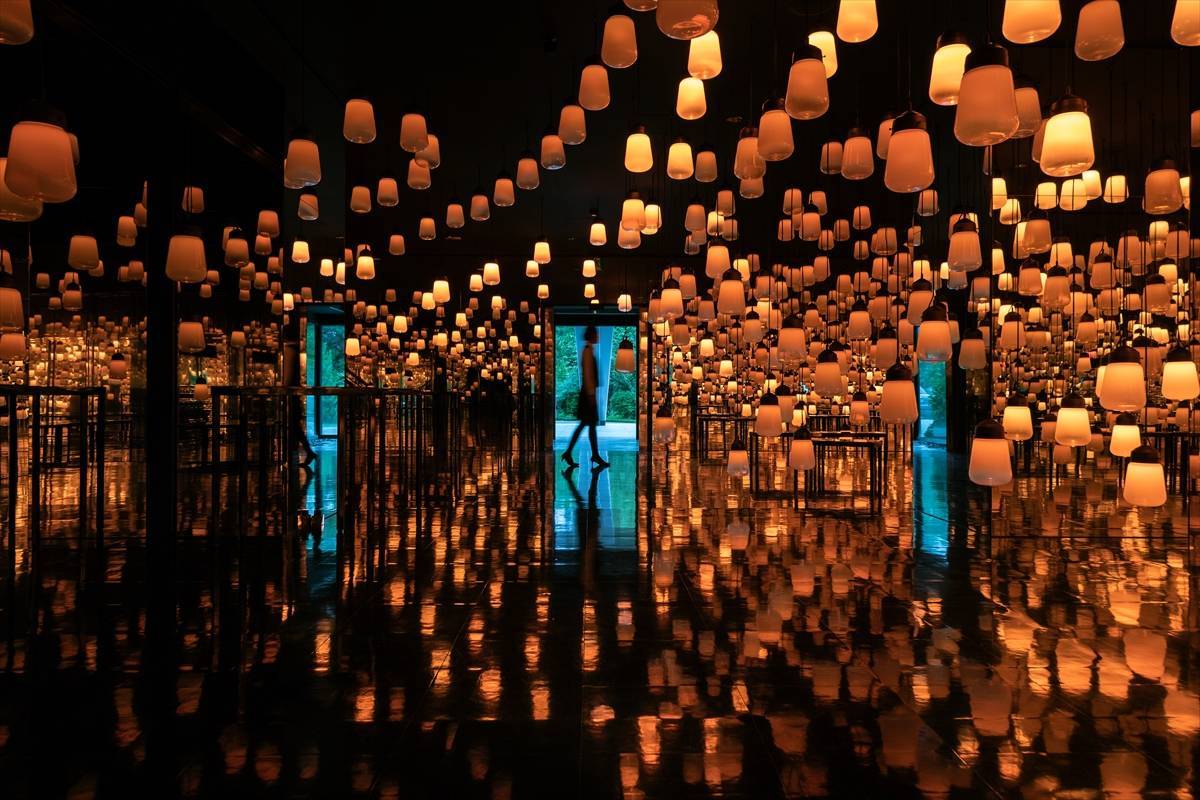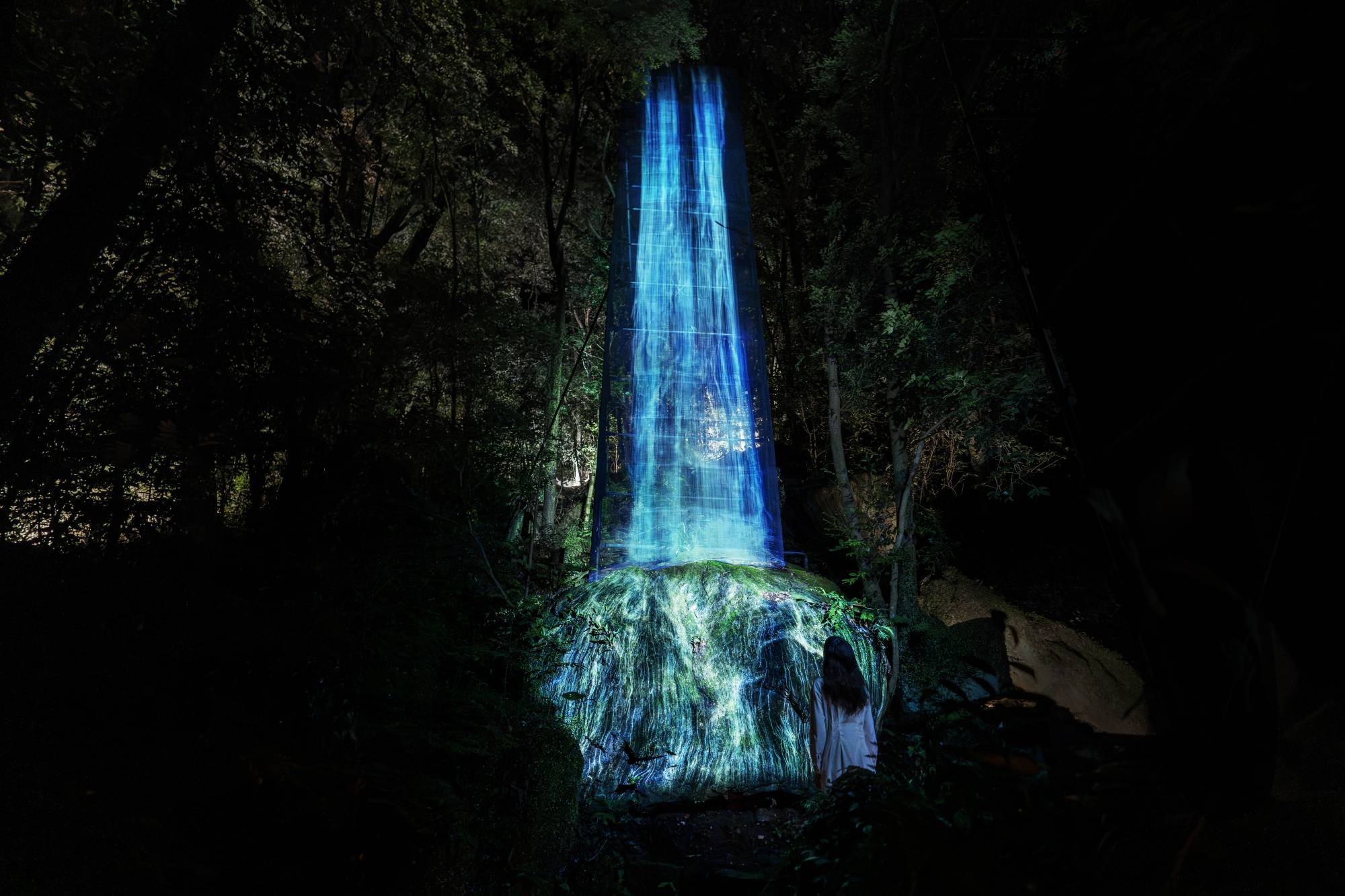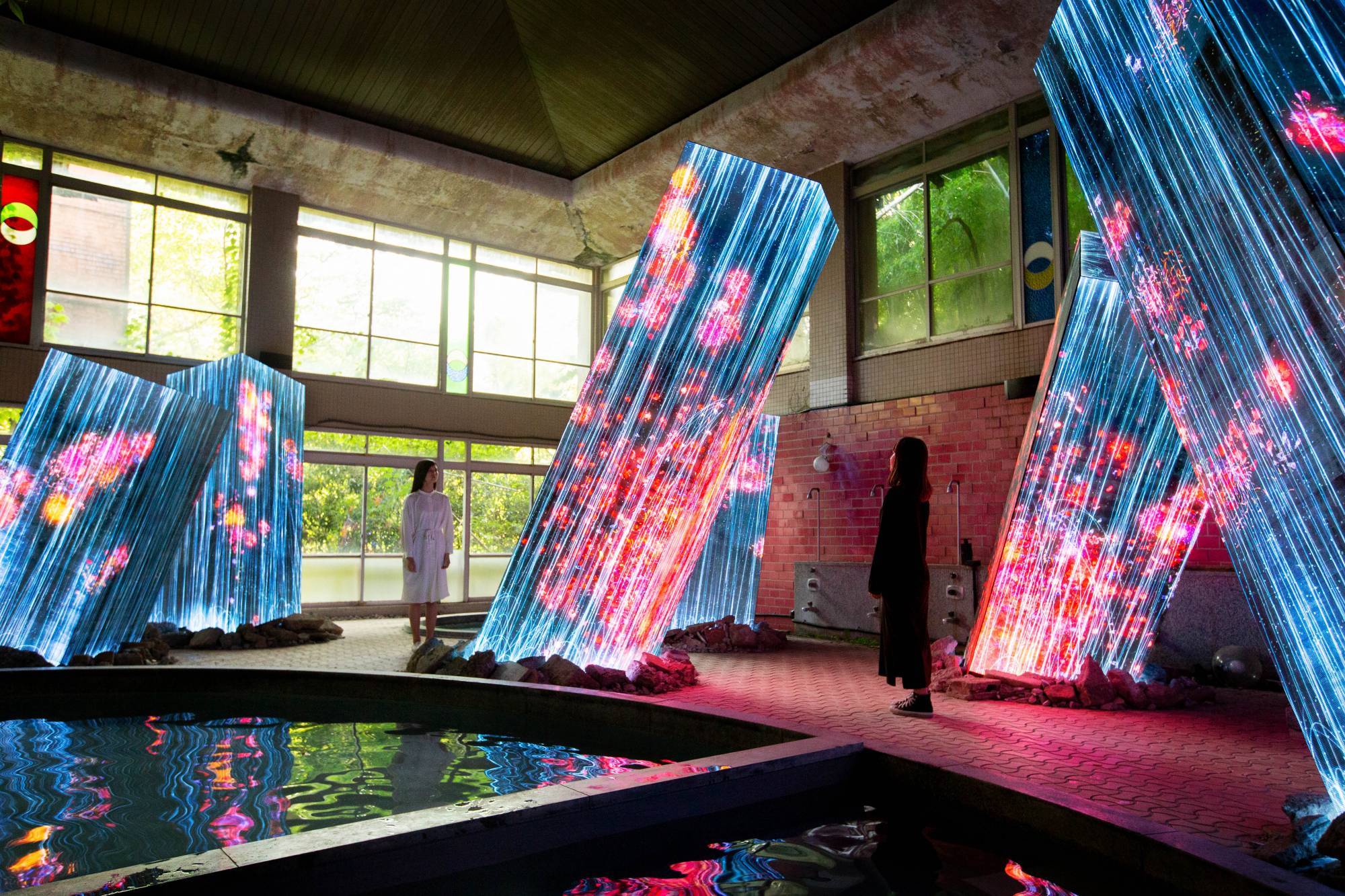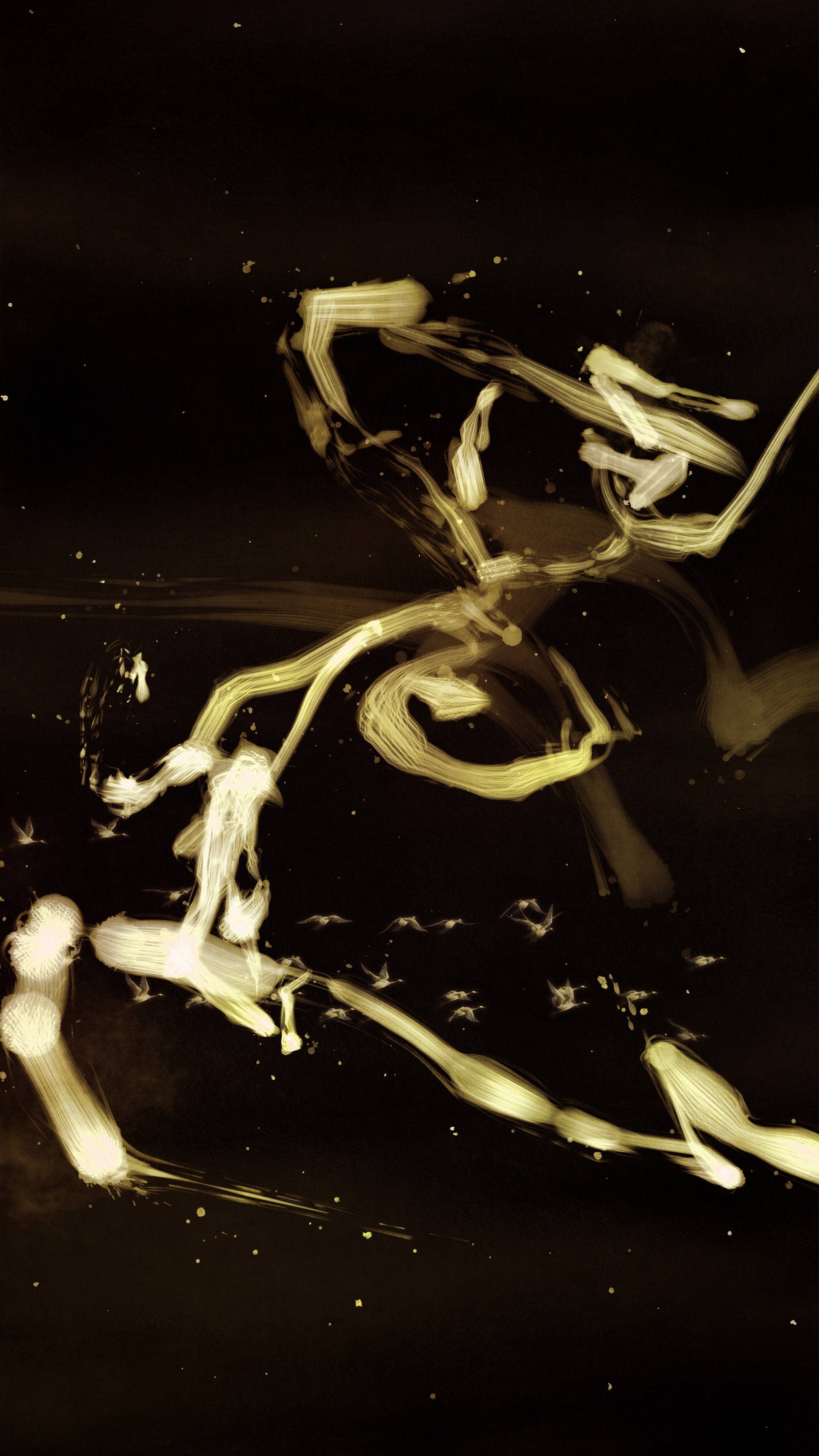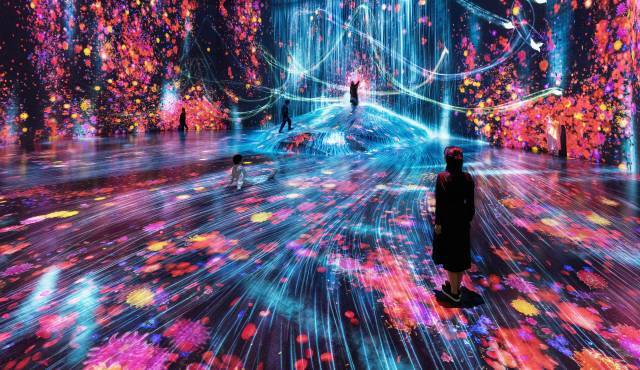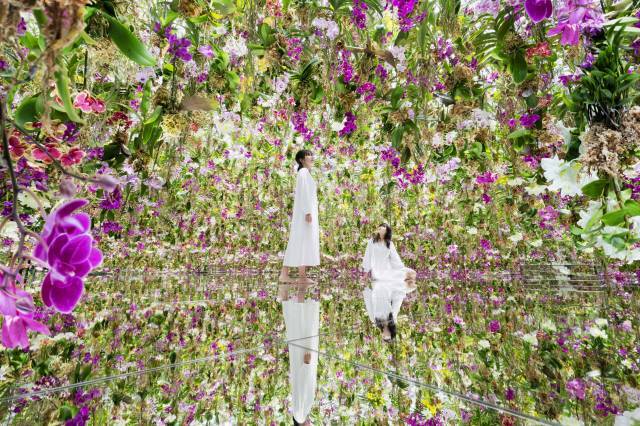
In order to understand the world around them, people separate it into independent entities with perceived boundaries between them. teamLab seeks to transcend these boundaries in our perceptions of the world, of the relationship between the self and the world, and of the continuity of time. Everything exists in a long, fragile yet miraculous, borderless continuity.
teamLab exhibitions have been held in cities worldwide, including New York, London, Paris, Singapore, Silicon Valley, Beijing, and Melbourne among others. teamLab museums and large-scale permanent exhibitions include teamLab Borderless and teamLab Planets in Tokyo, teamLab Borderless Shanghai, and teamLab SuperNature Macao, with more to open in cities including Abu Dhabi, Beijing, Hamburg, Jeddah, and Utrecht.
teamLab’s works are in the permanent collection of the Museum of Contemporary Art, Los Angeles; Art Gallery of New South Wales, Sydney; Art Gallery of South Australia, Adelaide; Asian Art Museum, San Francisco; Asia Society Museum, New York; Borusan Contemporary Art Collection, Istanbul; National Gallery of Victoria, Melbourne; and Amos Rex, Helsinki.
teamlab.art
Biographical Documents
teamLab is represented by Pace Gallery, Martin Browne Contemporary and Ikkan Art.

